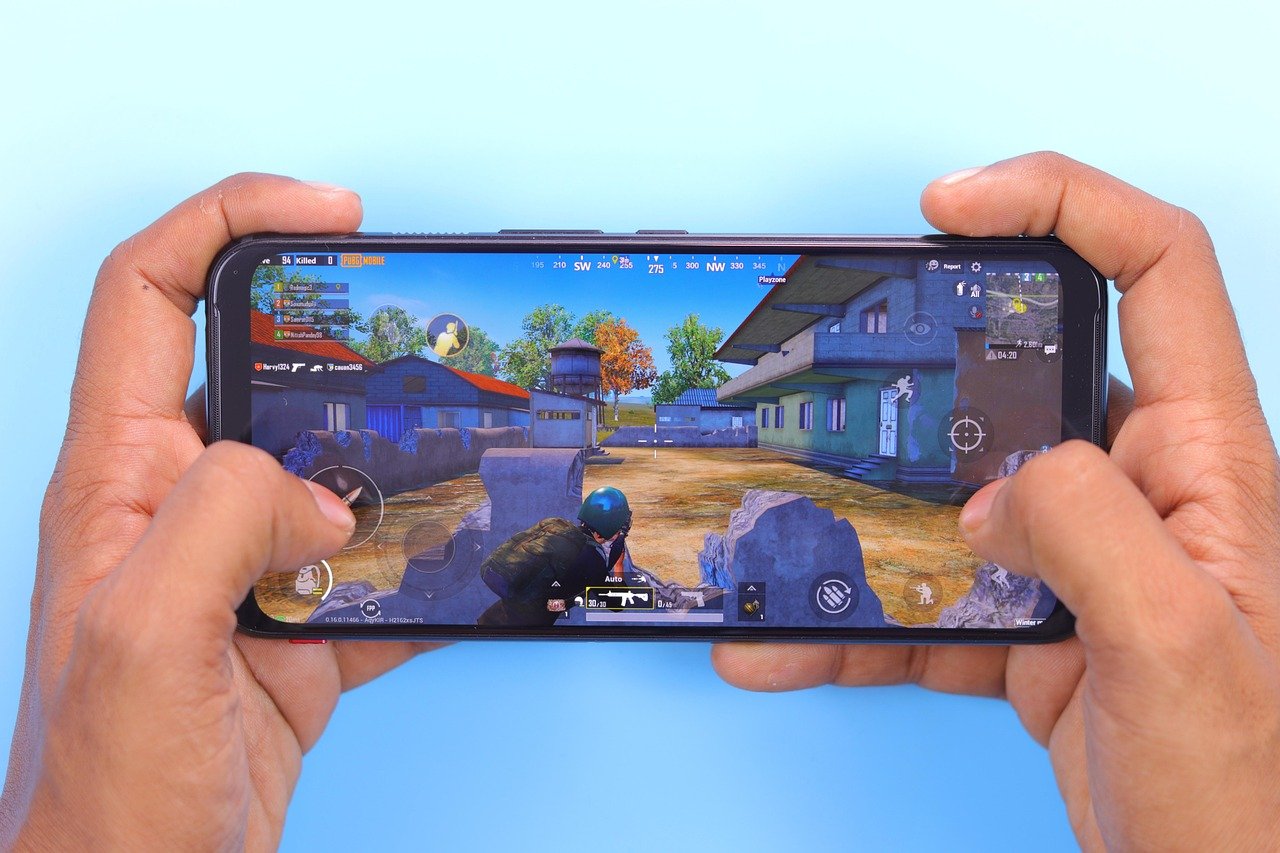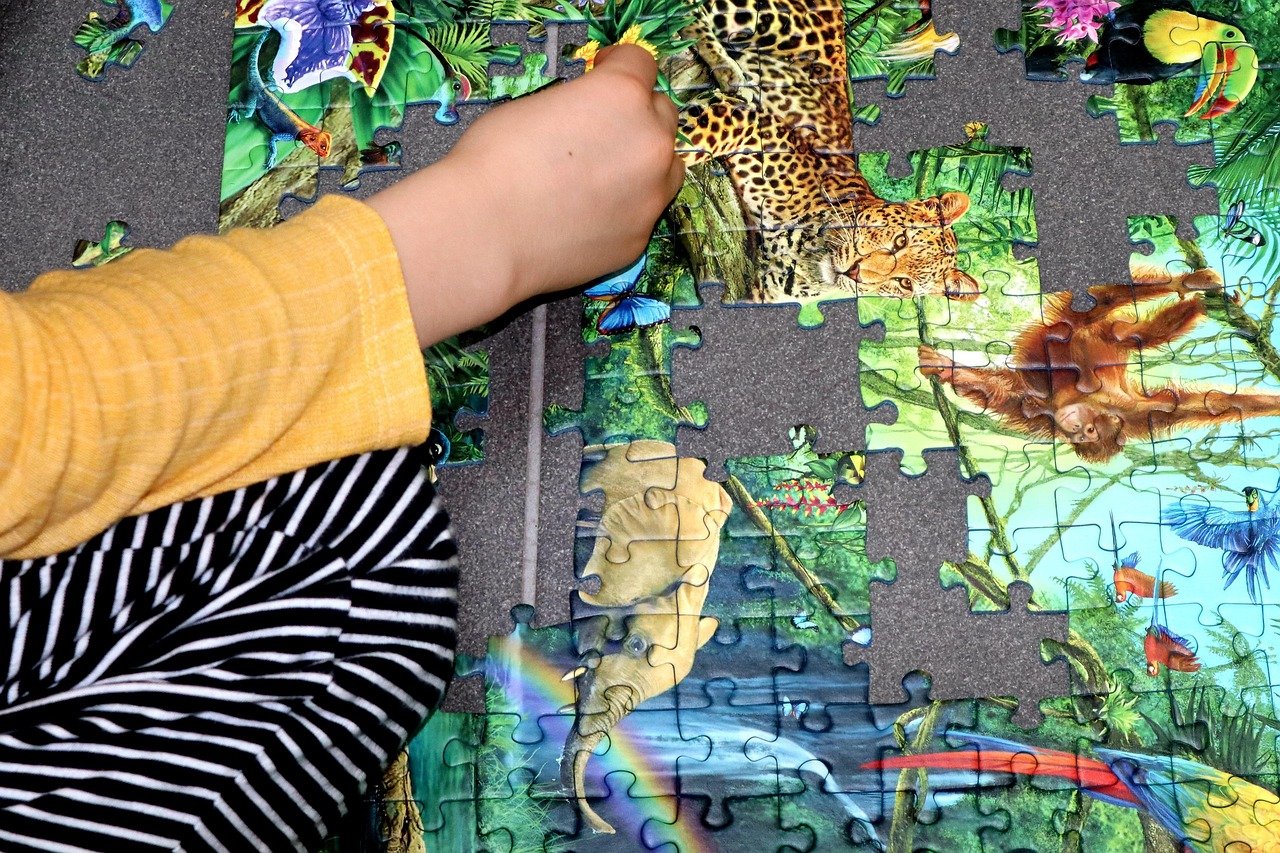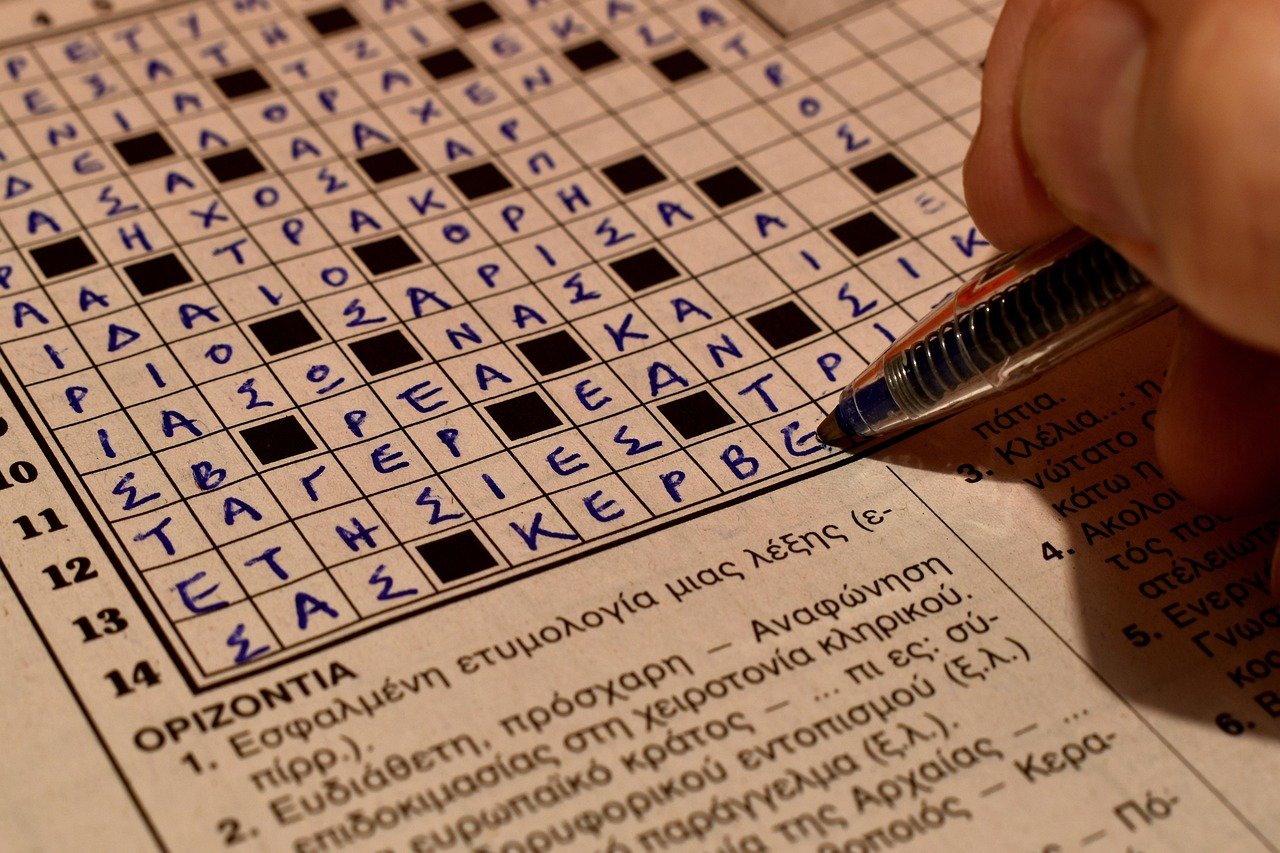The New York Times has long been a bastion of intellectual gaming, with Wordle and the Crossword captivating millions daily. Its latest offering, Strands, has quickly cemented itself as a compelling and distinct challenge for puzzle enthusiasts. Unlike its letter-based siblings, Strands demands a blend of word-finding acuity, pattern recognition, and thematic reasoning. This unique combination can sometimes lead to a frustrating impasse, where the solution feels just out of reach. It is precisely at this juncture that knowing how to effectively utilize a strands nyt hint becomes an invaluable skill, transforming a moment of stagnation into one of satisfying discovery.
This guide provides a deep, analytical exploration of the NYT Strands puzzle. We will dissect its core mechanics, outline a robust strategic framework for solving it, and delve into the ethical and effective use of hints. Whether you are a newcomer seeking to understand the basics or a seasoned player looking to refine your approach, this comprehensive resource is designed to enhance your problem-solving toolkit and deepen your appreciation for this nuanced puzzle.
Understanding the NYT Strands Puzzle
Before one can effectively employ a strands nyt hint, a thorough understanding of the puzzle’s fundamental structure is essential. Strands is more than a simple word search; it is a layered linguistic challenge.
The Core Objective:
The primary goal is to find all theme words hidden within a grid of letters. These theme words are interconnected by a common thread—a specific topic, concept, or pun announced by the puzzle’s Spangram. Once all theme words are discovered, any remaining letters in the grid will spell out a final word related to the theme, confirming the solution.
Key Components of the Grid:
- The Theme Words: Central answers found by swiping or clicking adjacent letters horizontally, vertically, or diagonally. Each word is directly related to the puzzle’s overarching theme.
- The Spangram: The most critical element. The Spangram is a special theme word that spans the entire grid. Identifying it early often unlocks the entire puzzle.
- The Leftover Letters: After all theme words have been found, the remaining letters coalesce to form one final word, providing secondary confirmation and thematic closure.
Grasping the relationship between these components is the first step toward mastering Strands without immediately seeking a strands nyt hint.
Developing a Proactive Solving Strategy
Relying on a strands nyt hint should be a conscious choice, not a first resort. Cultivating a strong personal strategy will minimize your need for external assistance and maximize your enjoyment.
Step 1: Decipher the Daily Hint
Each Strands puzzle includes a written clue from the NYT. This is your initial and most legitimate strands nyt hint. Analyze it carefully. Is it a straightforward description, a pun, or a play on words? Brainstorm multiple interpretations before looking at the grid.
Step 2: Hunt for the Spangram
Scan the grid’s perimeter. The Spangram must span the grid, so its letters often touch the edges. Finding the Spangram explicitly defines the theme and narrows down the possibilities for other words.
Step 3: Identify Common Prefixes and Suffixes
Theme words often share common linguistic structures. For instance, if the theme is “Things that are sweet,” you might expect words ending in “-cane” or “-berry.” Scan the grid for recurring patterns.
Step 4: Leverage Process of Elimination
As you find words, the grid becomes less cluttered. Remaining letters often suggest new words. Pay attention to uncommon letter combinations, as they are often starting points for theme words.
Step 5: Think Laterally and Thematically
Themes can be abstract. A puzzle might involve homophones, brand names, or phrases that start with a specific letter. Broaden your thinking if a literal interpretation isn’t working. This mental flexibility is often more valuable than any external strands nyt hint.
The Art of the Hint: When and How to Seek Help
Even the most adept solvers encounter puzzles that defy logic. There is no shame in seeking guidance; the key is to do it in a way that preserves the puzzle’s integrity and your sense of accomplishment.
Recognizing the Right Time for a Strands NYT Hint
The optimal time is when you have reached a genuine cognitive block. Perhaps you have found some words and the Spangram, but the remaining letters form a jumble. A well-timed hint can re-engage your problem-solving muscles rather than replace them.
Types of Hints and How to Use Them Effectively:
- Tier 1: Theme Clarification Rephrases the daily clue or offers a broader category. Example: “Key players” → “Think about music and computers.”
- Tier 2: Number and Length of Words Knowing word lengths narrows your search.
- Tier 3: First Letter or General Location Reveals the first letter or a vague direction, maintaining effort while offering focus.
- Tier 4: Direct Word Revelation Tells one word outright; use only as a last resort.
Using hints in this staggered manner ensures active participation. A strands nyt hint should be a strategic advantage, not a full surrender.
Beyond the Grid: The Cognitive Benefits of Strands
Engaging with Strands is more than a pastime; it’s a rigorous workout for the brain. The challenge of deciphering themes and locating words strengthens neural pathways associated with pattern recognition, vocabulary recall, and logical deduction.
The moment of insight—the “Aha!” moment when the theme clicks—triggers dopamine, reinforcing positive learning behaviors and making the effort feel rewarding. This is why struggling before seeking a strands nyt hint is often more beneficial than immediate reliance.
Frequently Asked Questions (FAQs)
Q: How often is a new Strands puzzle released?
A: Daily at midnight Eastern Time.
Q: Are there any cheats or solvers for Strands?
A: Yes, but using them defeats the purpose and cognitive benefits. A tiered strands nyt hint system is recommended instead.
Q: How can I get better at Strands?
A: Practice consistently, recognize common patterns, and discuss strategies with other enthusiasts.
Q: Is there a penalty for using hints?
A: No official penalty exists. The only effect is a potential reduction in personal satisfaction.
Q: Can I play old Strands puzzles?
A: Yes, archives are available for subscribers for practice without time pressure.
Conclusion
The New York Times Strands puzzle blends word searches with thematic deduction, offering a uniquely engaging challenge. Developing a sound personal strategy, starting with the daily clue and Spangram, is key to success.
When progress stalls, strategic use of a strands nyt hint serves as a bridge over temporary gaps in reasoning, maintaining agency while enhancing learning. The ultimate goal is not just to complete the grid but to engage in daily mental stimulation. Whether solving independently or with occasional guidance, Strands offers a rich, rewarding experience that sharpens the mind and delivers profound satisfaction.











